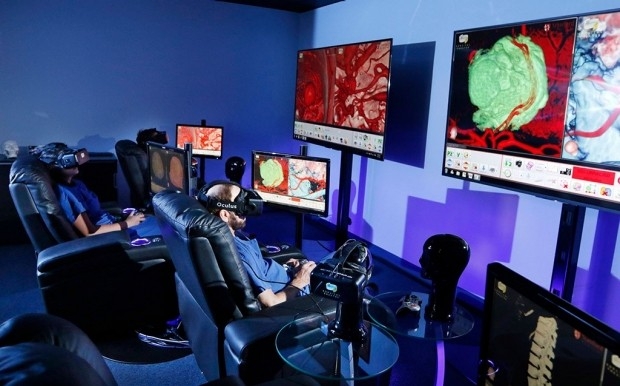Article Excerpt
Assessing data on armed conflict, famine, or natural disasters linked to climate change ahead of time allows algorithms to establish trends and patterns that are essential to address a health or humanitarian emergency more effectively. Three years ago, in India, algorithms were employed to prevent infant mortality. And it was simple. Medical staff in isolated areas recorded a short video of newborns with a smartphone. These images, detected and analyzed by AI, determined what kind of help these babies need.
In 2016, the Rwandan government signed a contract with Californian startup Zipline for drones to transport bags of blood to remote areas. Today, the company has two centers from which it can make up to 500 deliveries a day.
Analysis
Yet another solution in using Ai to analyze trends to our advantage is discussed in this article. However, this type of A.I. is also used as a diagnosing tool to help the common civilian solve their problems in situations where help wasn’t nearby. It seems like a diagnosing tool where the tools to handle said problem are dropped off by a drone could be incredibly helpful in a remote location! Frankly all the possibilities with A.I. (specifically remote diagnosis and pattern recognizing capabilities), inexpensive item air travel like drones to reach tight spots, and the simple ability of individuals to report data through simple devices like their smartphones could be revolutionary!
image source:




